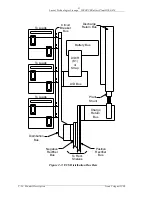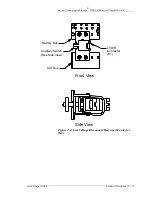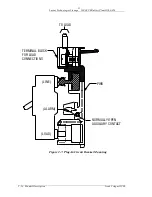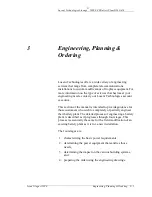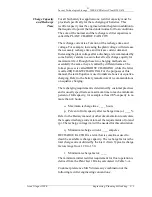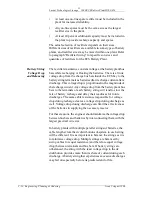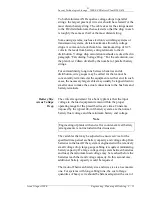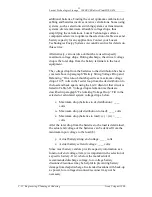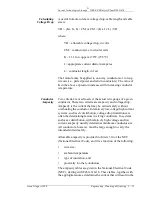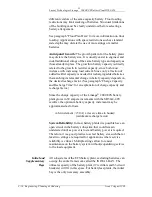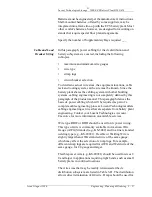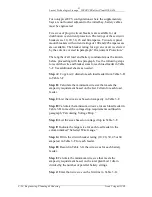
Lucent Technologies Lineage
®
2000 ECS Battery Plant H569-416
Issue 2 August 1996
Engineering, Planning & Ordering 3 - 5
LIST 1 drain: the average “busy-hour” current during
normal plant operation (i.e., at float voltage). This value is
used to size batteries and rectifiers.
LIST 2 drain: the peak current under worst case
conditions of voltage, traffic, etc. This current is used to
size load feeder cables, plant discharge capacity and
overcurrent protectors.
The summations of List 1 and List 2 drains for all the individual
load circuits provide the List 1 and List 2 drains, respectively, for
the entire battery plant.
Initial List 1 drains are used to size initial rectifiers and batteries
since these components may be added relatively easily to
operating plants. To determine the initial rectifier and battery
needs, fill in the current drain information for all load circuits in
the initial installation in Table 3-A. Use additional sheets, as
needed.
As the customer's power needs evolve, however, load circuits
may need to be added and traffic on existing circuits may
increase. Ultimate List 2 drain should be used to select the initial
sizes of load feeder cables and plant discharge capacity, since
these cannot be readily increased once the plant is installed. In
Table 3-B, fill in the anticipated future drains for the circuits
listed in Table 3-A. Also include in Table 3-B any additional
circuits that may be added and their drains. Recalculate the total
battery plant drains.
Reserve Capacity
Service and maintenance strategy are important factors in
determining battery reserve time (number of battery cells). The
availability of back-up ac power, accessibility of the battery
vault, calculated downtime risk, and the acceptability of loss of
service are also factors which influence determination of battery
reserve time. These factors will tend to vary from application to
application.






